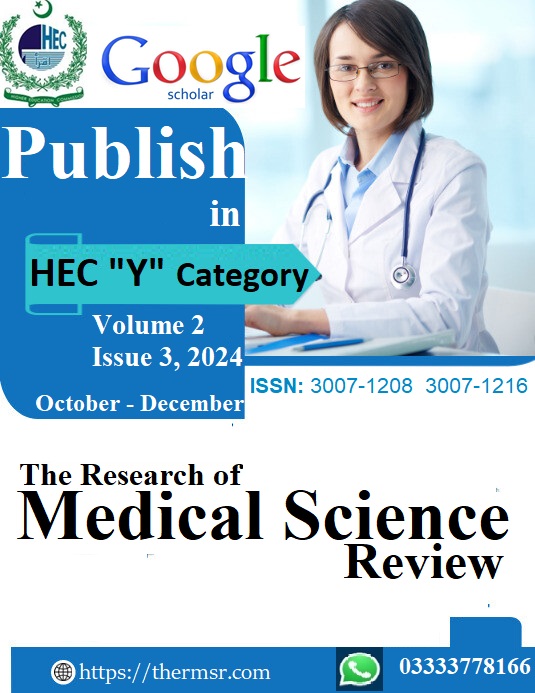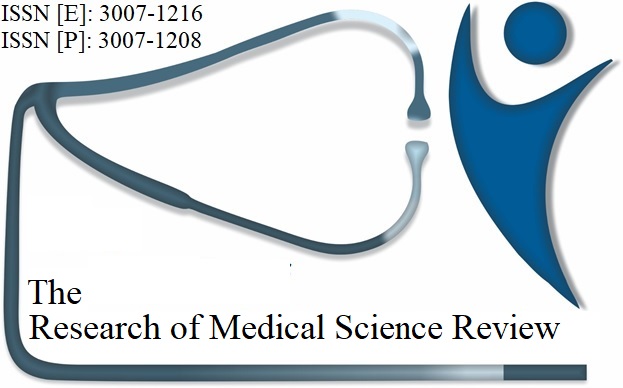COMPARATIVE EVALUATION OF CHEMICAL, BIOLOGICAL AND PHYSICAL INDICATORS AND THEIR EFFECTIVENESS IN THE PROCESS OF STEAM STERILIZATION-A MULTICENTER STUDY
Keywords:
Steam Sterilization, Chemical Indicators, Biological Indicators, Physical Indicators, Geobacillus Stearothermophilus, CSSDAbstract
Sterilization is a crucial procedure in healthcare environments, guaranteeing the eradication of microbiological activity from medical devices and equipment, therefore averting healthcare-associated illnesses (HAIs). Central Sterile Services Departments (CSSDs) utilize chemical, biological, and physical markers to monitor and validate the efficiency of sterilization operations, specifically steam sterilization. Nonetheless, the comparative efficacy, dependability, and cost-effectiveness of these indicators remain inadequately examined. This study seeks to assess and compare the effectiveness of chemical, biological, and physical markers in monitoring steam sterilization operations in various healthcare facilities. A multicenter, comparative research design was utilized, including four leading hospitals in Pakistan: Choudhary Pervaiz Elahi Institute of Cardiology, Punjab Institute of Neurosciences, Gulab Devi Hospital, and National Hospital & Medical Centre. Data were gathered from 385 sterilization rounds and selected by random sampling methods over a period of six months. Essential parameters, such as temperature, pressure, time, and sterilization results, were meticulously documented for each cycle. Chemical indicators (Class 1–6) were evaluated for colorimetric changes, biological indicators were cultured to observe microbial proliferation, and physical indicators were quantified using autoclave sensor measurements. Statistical analyses were conducted using SPSS Version 26.0, with independent sample t-tests and chi-square tests applied to analyze quantitative and qualitative differences among the indicators. Initial findings revealed considerable diversity in the performance of the indicators. Chemical markers gave rapid visual confirmation but were less reliable in detecting microbial activity. Biological indicators had greater sensitivity, detecting residual microbial contamination in 15% of cycles that chemical indicators indicated as successful. Physical indicators consistently detected temperature and pressure but occasionally failed to detect sterilization problems owing to equipment malfunctions. The research shown that the integration of these three indications improves the reliability and thoroughness of sterilization monitoring, hence assuring excellent patient safety and infection prevention.
In conclusion, while chemical, biological, and physical indicators each have limits, their combined usage provides a comprehensive foundation for monitoring steam sterilization procedures. This integrated strategy not only improves sterilization efficacy but also minimizes HAIs, promotes healthcare quality, and offers cost- effective treatments for CSSDs. The findings highlight the need for consistency in sterilization monitoring techniques and urge for evidence-based practicesto maximize infection control in healthcare facilities. Further research is recommended to optimize the usage of indicators and develop new technology for real-time monitoring. This work helps considerably to enhancing the safety and quality of healthcare services, creating a baseline for sterilizing techniques in varied clinical contexts.
Downloads
Downloads
Published
Issue
Section
License
Copyright (c) 2025 Muhammad Wajid Munir, Dr. Tasra Bibi, Dr. Syed Qaisar Abbas, Noor Fatima, Shafqat Abbas, Dr. Hassan Anjum Shahid (Author)

This work is licensed under a Creative Commons Attribution-NonCommercial-NoDerivatives 4.0 International License.















